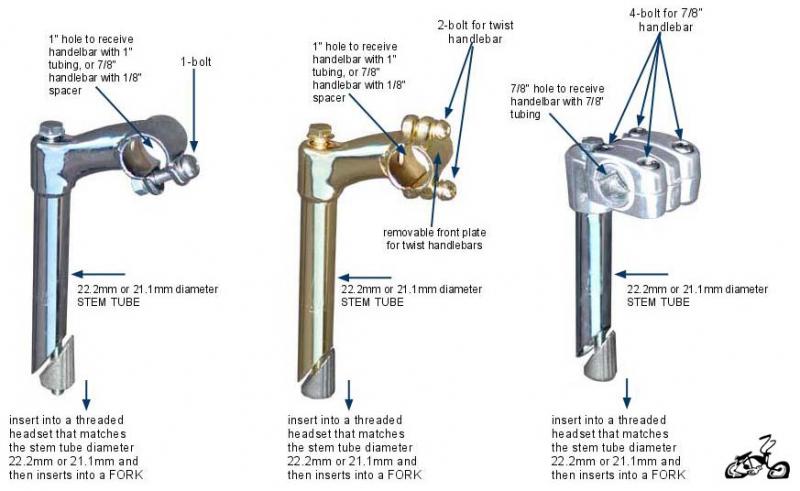Up-Ride has gone through multiple iterations and refinements to become the almost ready for market product documented here. Up-Ride started with the premise of elliptical as an accessory instead of the purchase of a standalone machine. This approach has several advantages compared to traditional elliptical offerings. Up-Ride facilitates 3 additional capacities to your normal bicycle, stationary bicycle, stationary elliptical, and mobile elliptical. These allow to get exercise in the way you want, where you want. Since Up-Ride is not a big bulky machine the approach is cost cutting (lower part count and simpler construction create savings) and much more easily stored or transported in home or via car.
Up-Ride was originally conceived to help me train for long distance racing. I have a kind of juvenile arthritis related to an autoimmune disease I have and find exercise challenging due to the impact stress involved. I knew about indoor and outdoor rideable elliptical as a cycling/triathlon enthusiast but these options were outside my reach financially. I bought a knock off outdoor elliptical from ebay that was not good quality. I looked at this large machine and my bicycle and the lightbulb went off that elliptical could be a bicycle accessory. After several iterations we are almost done tweaking the design. I will document the process here on hackaday.
This product has several markets that are pretty clear through looking at current market participation. Injured athletes have been the primary target of my competitors in the outdoor elliptical space. Runners especially suffer injuries rates cited by some as high as 80% per year for those that run regular distance. 4 season athletes also find the indoor outdoor capability appealing as it compliments their lifestyle. Baby boomers are a huge potential market. As they age they are dropping off of high impact physical activity. Up-Ride is perfectly positioned as the affordable low impact fitness alternative to allow them to stay fit and active. The other large potential market is the suburban family that currently spends on gym membership but would rather have the convience of home fitness without the expense so they can redirect the fitness money they spend more towards their family.
 Joseph Prosnitz
Joseph Prosnitz